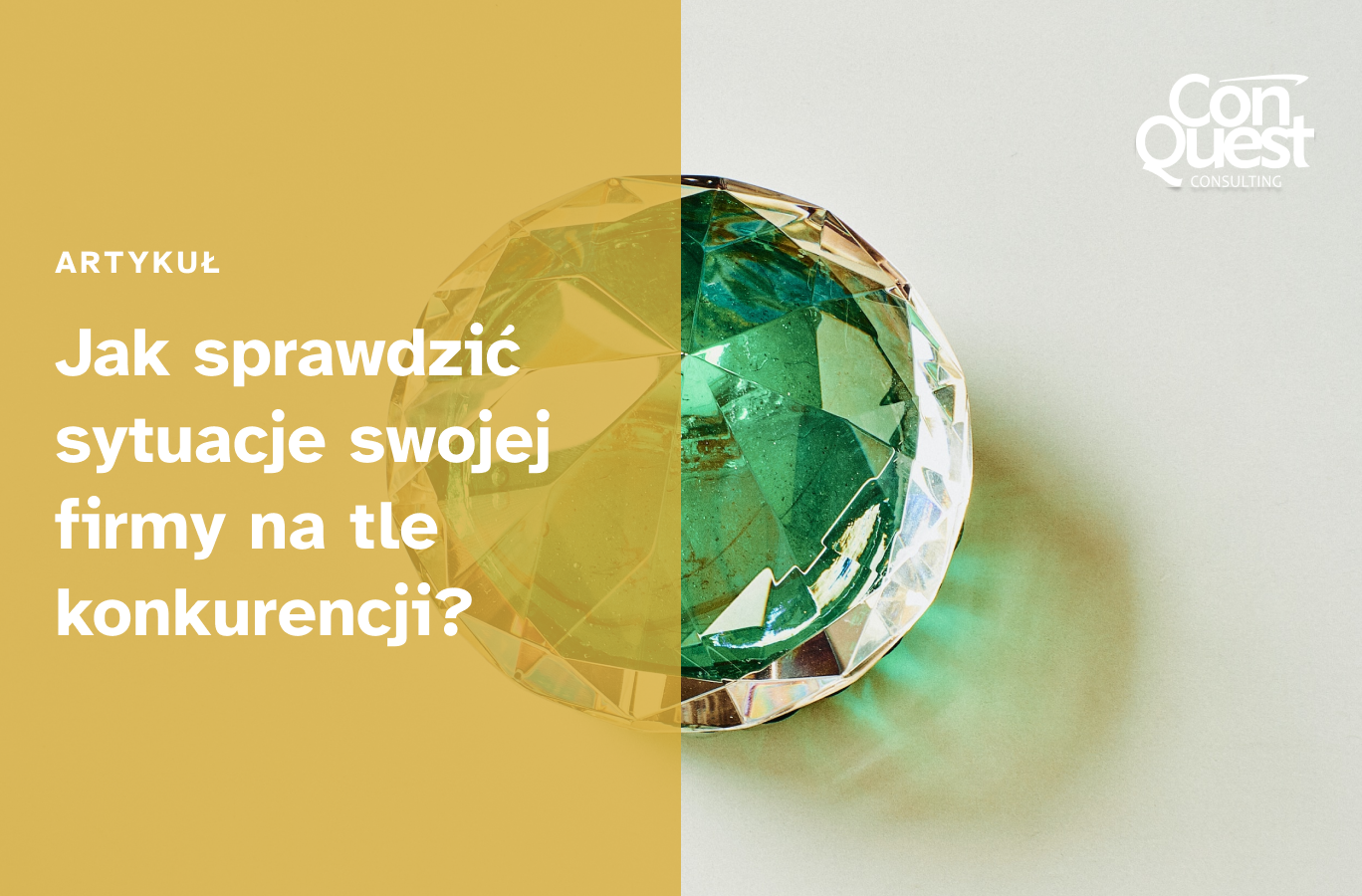02.05.2021
What is the CIV method and what to use it for?
The term intellectual capital (KI) is used interchangeably with intangible assets. KI is the knowledge possessed by a given enterprise and is created in the process of its transformation. Nowadays, companies are focusing their efforts on the allocation of intellectual capital in the organization, as it allows them to gain a competitive advantage and increase the value of the company.
In order to effectively manage intellectual capital, it is important to be able to skillfully measure it in the first place. One of the measures used to determine value is the Calculated Intangible Value (CIV) method. It is considered one of the best ways to depict the intellectual capital of companies. CIV analysis was developed in the 1930s in the United States for tax purposes. CIV is mainly based on a company's historical data such as financial statements from the last 5 years and ROA values from the same period. If the analyzed company, which has the material assets in question, makes a profit higher than the average profit made in the sector in which the company operates, it means that it has the intellectual capital to realize such excess profit.
The basic assumption in the valuation method discussed is that intellectual capital exists when the value of the company's ROA is higher than that of the sector. Otherwise, the value of KI is negative - that is, it does not exist in a given company. In order to calculate the intellectual premium, the following 7 steps should be followed:
Calculate the company's average gross profit for the last 3-5 years.
Calculate the average value of tangible assets at the end of the year for the last 3-5 years.
Determination of the return on assets ROA - the quotient of the value from point 1 and the value from point 2.
Verification of ROA values for the sector in which the analyzed company operates - from the selected time horizon.
Calculation of excess return, which shows how much more a company earns than the industry average due to the assets it owns. This surplus is obtained by subtracting the product of the industry's ROA and the company's tangible assets from the average gross profit.
Determine the intellectual premium by subtracting from the excess return its product and the average tax rate for the last 3-5 years.
The final step is to calculate the present value (PV) of the intellectual premium by dividing it by the weighted average cost of foreign capital (WACC).
The value obtained in point 7 is the amount of intangible assets that are not included in the company's balance sheet in monetary units. The CIV analysis allows for comparison in the area of the sector in which the company under study operates. A declining trend in the value of CIV may indicate that the company is focusing too much on building tangible values than, for example, on brand building. In contrast, a rising CIV may suggest that the company has the ability to generate future cash flow before this phenomenon is noticed by the market or even the company's management. Its disadvantages can be the assumption of average rather than actual values for calculations as well as the historicity of the analyzed data, which does not take into account future events. In addition, the CIV method is highly susceptible to changes in interest and discount rates. Also, the use of average ROA instead of its actual value can distort real data.
The method of calculated intangible value is based on verified financial data, which are relatively easy to obtain. This analysis is a useful management tool, through which managers can extract important signals about the company's performance. One of the important benefits of measuring intellectual capital is the growth of innovation, and KI itself is often more important than tangible and financial assets held. Given the length of time and effort devoted to achieving KI, it is of exceptional importance in an organization.





